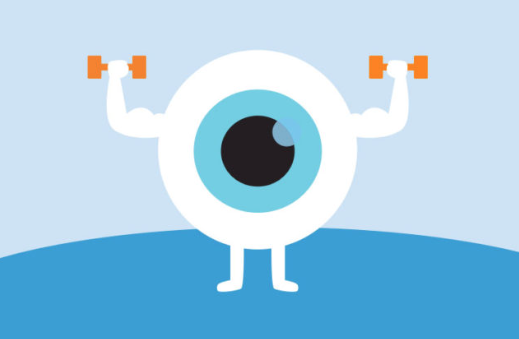It’s All In Your Head: Your Brain & Pain
Many of us who experience pain might feel very offended if we were told that this pain was all in our head. However, all pain, as well as any other sensation, is created by the brain. This is because pain is a perceptual process- the experience of the pain is not actually happening in the part of your body that hurts, but rather it is happening in your brain. Sometimes this perception of pain can be a very useful process (Ouch, I just touched a hot stove, let me move my hand away as quick as possible!), but when it comes to chronic pain, this process can severely impact our quality of life.
In cases of chronic pain, the brain tends to get hypersensitized to the pain until we are in a constant state of high alert. A learning process occurs in which neural pathways involved in pain perception of a certain area (the low back, for example) become strengthened. The neural pathways responsible for chronic pain experience go far deeper than our acute pain pathways, such as in the stove top example. This is because over time, the neural pathways related to the chronic pain will be embedded into the memory and emotional centers of our brain, making chronic pain far more complex than pain from acute injuries.
As with any learning process, we form associations, such as... sitting = pain, long car rides = pain, exercise = pain. These associations can contribute to a self-perpetuating cycle in which we avoid certain activities because of the fear of pain, which decreases our quality of life, thereby contributing to depression, inactivity, limited social participation, and other factors that will actually make our pain worse over time.
How do we break this vicious cycle?!?
Pain is our brain's opinion of how much danger we are in, and we have to change that opinion. Our brain was capable of establishing these detrimental neural pathways that contributed to the chronic pain, and it is just as capable of creating new pathways that will help us get out of this situation. This is because our brain remains plastic for our entire lives, meaning we are always capable of learning. We must learn that we are safe, and that movement of the affected body part is safe and beneficial.
At The Wellness Station, we help those in chronic pain learn that they are safe.
By creating individualized movement programs, we help our clients learn ways of moving and relating to the body in a manner that will drive neuroplasticity. We will help to teach the little person in the control room (aka your brain) that movement can be associated with calm, pleasure, and ease, rather than movement = pain. The movements lessons are designed to help our clients move with greater efficiency to make movement easier and to decrease tension and tissue strain. We will also help with self-care tools necessary to calm down the nervous system to decrease pain sensitivity, and provide guidance regarding management of the psychosocial aspects of living chronic pain.
Do not let pain stop you from living life to the fullest. It is never too late to learn!
Written by Jacob Tyson, DPT - Physical Therapist,Yoga Instructor and The Wellness Station Team
























